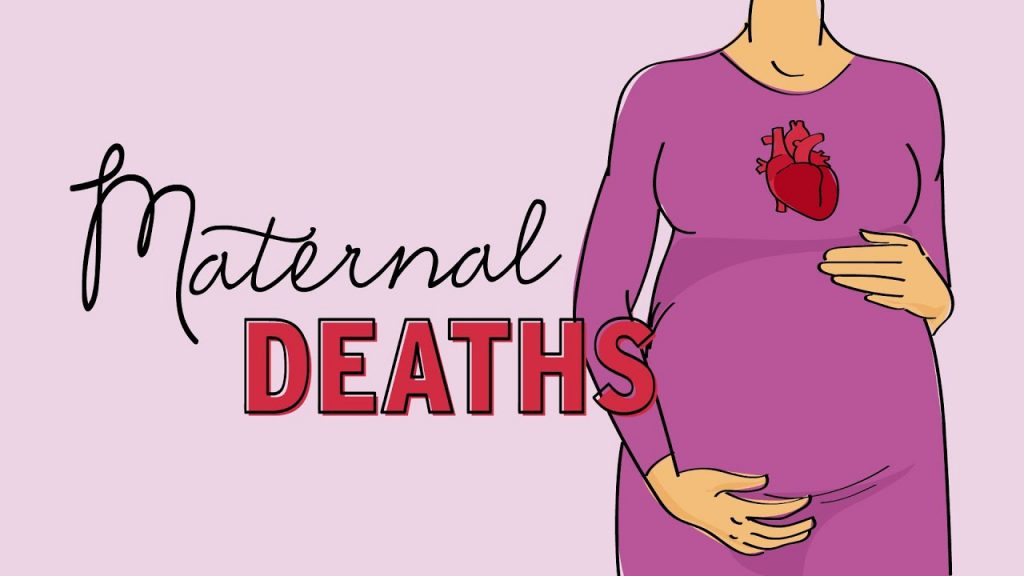By Akanimo Sampson
It will cost the world a total of $264 billion to end preventable maternal deaths, cover all unmet needs for family planning and put a stop to gender-based violence, all within a decade, according to a joint study by the United Nations Population Fund (UNFPA) and Johns Hopkins University, in collaboration with Victoria University, the University of Washington and Avenir Health.
A breakdown of this assessment was presented on November 12 at the Nairobi Summit on International Conference on Population and Development (ICPD25), revising preliminary data released in July.
The price tag represents the amount required to achieve these ambitious goals by 2030, the deadline for the Sustainable Development Goals.
UNFPA Executive Director, Dr. Natalia Kanem, said “we now know the costs. These figures are a drop in the ocean compared to the dividend expected and the funds available. What we need next is the political will and financing to get the job done.”
The $264 billion price tag is less than the amount of money charged in misconduct fines to the world’s top 20 banks. Out of this total, the current resource gap – meaning investments needed, whether in the form of foreign investment, domestic spending or private spending – is $222 billion over the coming 10 years.
But if no action is taken, the costs will be incalculably greater, not only in financial terms but also in the cumulative lives that will be lost and the generations whose potential will go unfulfilled.
The analysis also shines a light on the specific areas where resources are needed. Money spent on education, for instance, can advance all three goals.
Director of the Institute for Health Metrics and Evaluation at the University of Washington, Christopher Murray, said: “greater investment in health and secondary education for females could go a long way towards the critical goals of ending preventable maternal deaths, unmet need for family planning, and gender-based violence.”
The world must now come together, researchers said. “These key benchmarks provide a common ground to understand where progress needs to be made and allows us to track how the world is advancing toward these ambitious goals”, said Victoria Chou, from the Johns Hopkins Bloomberg School of Public Health.
To end preventable deaths during childbirth and pregnancy in 120 priority countries, which account for 99 percent of all maternal mortality, the world will have to spend $115.5 billion over the next 10 years, researchers announced.
This is roughly equivalent to the cost of 46 of the world’s most expensive military planes. If this were instead spent on maternal health interventions, such as helping women give birth in health facilities, with trained assistance, then hundreds of thousands of lives could be spared every year.
“I used to give birth at home. It was not good. Women can die”, Edelmira Martina Antay Dávila, in remote Peru, said earlier this year. The majority of deliveries in her community now take place in a UNFPA-supported clinic, a huge change over previous years.
Expanding access to these services in crisis-affected and fragile communities will also be a game-changer. Raihana Bibi in rural Afghanistan knows this. “There was no vehicle in our village to take us to the nearest clinic when I went into labour”, she remembered. But a humanitarian mobile health team was able to reach her in time. “I delivered a healthy baby girl two hours later.”
The researchers also calculated the cost to end unmet need for family planning in 120 priority countries: $68.5 billion. This investment would yield significant benefits, as women are empowered to complete their education, secure work and improve outcomes for their children.
“Life can be hard. People earn just enough to take care of their families. You cannot do that if you’re getting pregnant every year”, said Rowena Alberto in the Philippines.
With family planning, she is able to focus on supporting her children, she said. “I want my two children to have a good education and a good life.”
Ending gender-based violence will require investing $42 billion in 132 priority countries over the next decade. That money would go to a range of interventions, including those that provide treatment and assistance to survivors, as well as efforts to promote gender equality.
Eliminating female genital mutilation would cost only $2.4 billion in 31 priority countries – or just $95 to prevent a girl from having her genitals cut without medical justification.
The price tag for putting an end to child marriage is $35 billion – about $600 to spare each child bride.
“According to our tradition, a girl should get married when she reaches puberty”, Zainab Binta Jalloh explained recently in Sierra Leone. She was married off to an abusive man when she was 15 years old. But when she joined a programme that teaches girls their rights, she found the strength to leave him and return to school.
“I am currently enjoying life as a student,” she told UNFPA. “Someday I hope to save enough money to study to be a medical doctor.”

